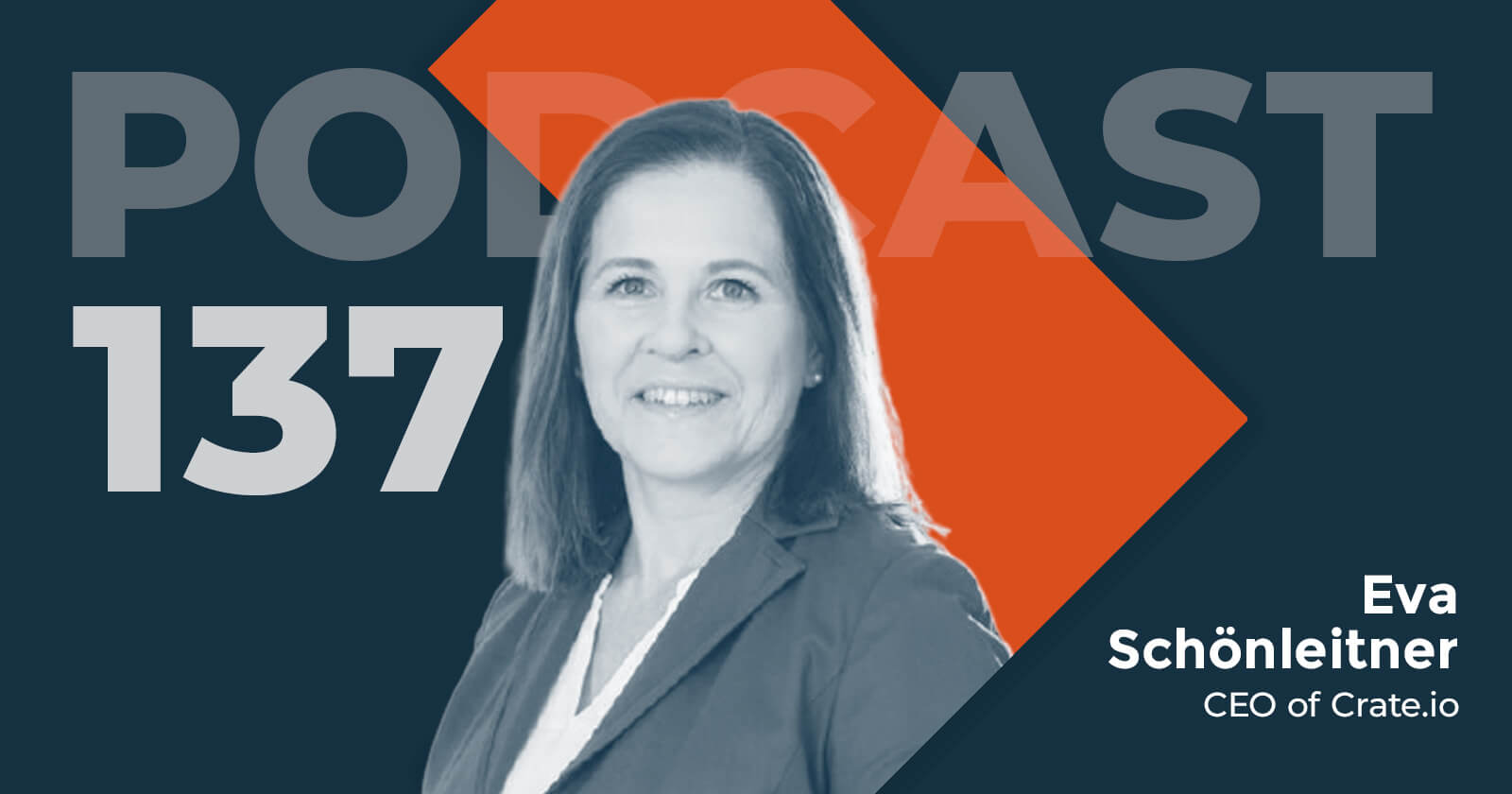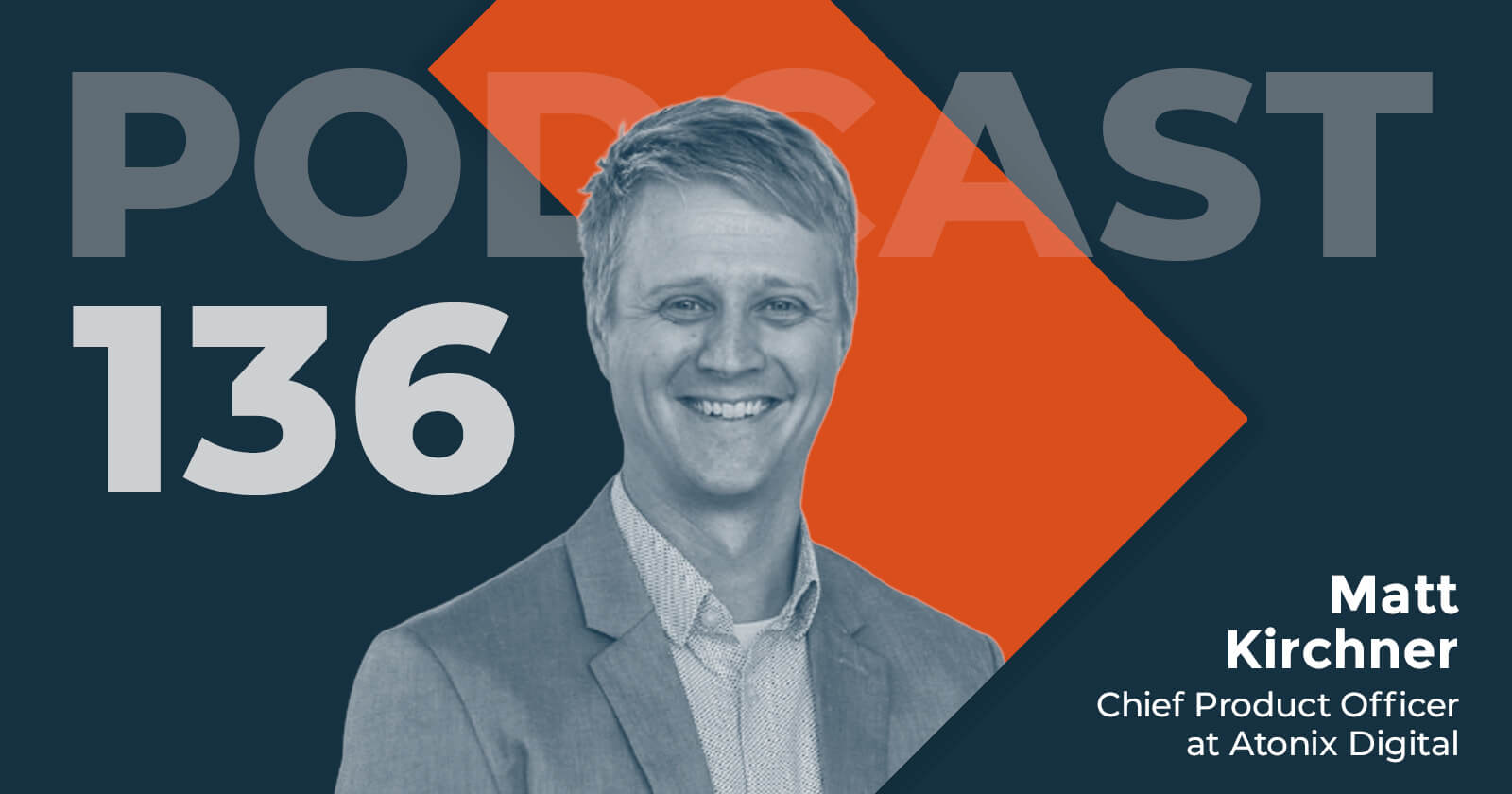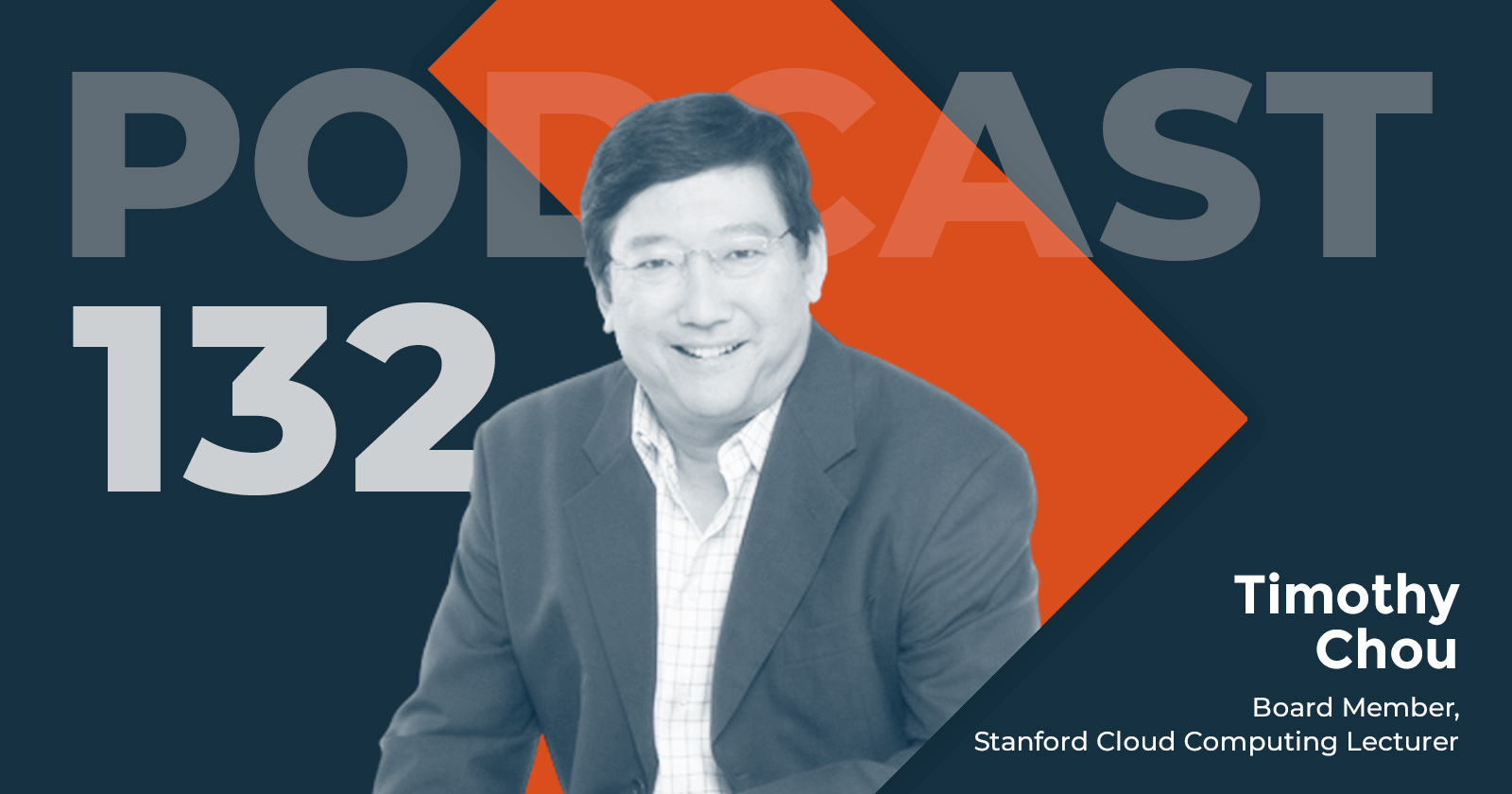Insight Vector: Data Primacy is the Key to Enterprise Success, an interview with Don DeLoach
Ed Maguire

Innovation and market perspectives from leading IOT innovators
Our conversation with Don DeLoach, an IoT thought leader, author and CEO, focused on what drove him and his collaborators to write “The Future of IoT”. Due to his data analytics background, Don saw that the value of IoT data was being limited by product providers – too much control restricted the enterprise potential of combining IoT data from multiple sources. Early IoT product providers were also not taking advantage of decades of innovations around data management software. Don’s message is that Data Primacy is key to get the most value out of IoT data with the First Receiver architecture – and the biggest gains ahead will accrue to enterprises that leverage the data.
|
|
Don DeLoach |
Don DeLoach is an IoT thought leader, author, and CEO with a proven track record of success managing high growth B2B technology companies. Most recently he was President and CEO of Infobright, and before that President and CEO of Aleri. He is co-chairman of the Midwest IoT Council and on the executive committee of the Array of Things Project (NSF funded project for smart cities). He’s held numerous corporate director and board positions including Chairman of Apropos, Inc. He serves on the executive board of the Illinois Technology Association, as well as a board member for the Juvenile Protective Association.
Tell us about the motivation behind writing the book and the target audience.
I developed a thesis around leveraging the utility value of data from an enterprise perspective. This was prompted by looking at HVAC systems, thermostats and other IoT-enabled products. Most of the people in IoT I spoke to were from hardware or communications, and the way they thought about data was generally limited to workflow or rule-based models where the value of the data diminishes quickly once the message is read. I had been in data analytics for a long time. The more I looked at it, the more I saw that combining IoT data across products increases value to the enterprise. Around 2012-13/2013, I began asking IoT people what they were doing with the data, I heard most say “we get that data is important, but we are not there yet” - no one was doing all that much to leverage the data.
When I started to map out how IoT would manifest in verticals – hospitals, retail stores and fast food, factories, and more – I saw IoT-product data going back to the product provider. That’s a massively inefficient architecture if the enterprise is trying to leverage the data.
When you chart the evolution of IoT, it’s understandable that product providers would control the data, but the real value for the enterprise comes from an enriched data signature within context of other IoT products and the associated analytics across a wide spectrum. In 2014 I started having “enterprise-focused” discussions with companies, and most thinking was around hardware and alerting systems. As a close friend in the industry said to me, “most companies just don’t have data DNA”.
The more companies spend on IoT, the more they look at the data, then realize the need to better leverage the data – which was the impetus to write the book. I sat down with Emil Berthelsen from Machina Research (now part of Gartner) and he immediately got it. They ultimately published a research note on First Receiver. Emil agreed to co-author the book (which ultimately included Wael Elrifaifrom the Pentaho Division of Hitachi). The book explores the transition from focus on IoT-enabled products to the steps and benefits from creating an IoT-enabled enterprise, targeting mid and upper level managers and technologists in the IoT space.
Can you talk about the limits of early IoT systems?
Early IoT systems were designed with isolated data. When the deployment of the sensors is tied only to the consuming application, it limits the value of the data. The first wave of IoT systems actually took a step back architecturally from advances in data analytics. One can look back at the original System R team at IBM in 1974 developing the relational database where the main benefit was to abstract data creation from consumption so the same data can be used in multiple applications. With IoT in many ways, it’s about applying lessons we’ve already learned to an emerging market.
What are the challenges around data ownership?
Mainly control, but ultimately monetization of the data. The enterprise increasingly realizes the value of using more of the data, but understandably, product providers want the ability to offer additional services and increase stickiness. These are benefits for the enterprise, but they should not come at the expense of the enterprise.
Most product providers were in the business of delivering products before IoT-enabling them. They IoT-enabled them to improve stickiness, add services and hopefully charge more. The data was fuel for what they wanted to do, but they control what data is provided to the customer and in what form. Companies recognize the value of IoT data, and the value of combining it with other related and perhaps seemingly unrelated data – and they do not want to hand over complete control of that data to the product providers.
I think we may see the market reach a point where businesses will choose not to buy certain IoT-enabled products because of the product provider’s data restrictions. You don’t want to limit leverage of the data, and you also need to ensure controls are in place. But with the right architecture, product providers can still get the data they want, but no longer will that data be trapped in a silo. The real value of IoT is primarily in the data; it can be low hanging fruit, but you must look for it.
Can you talk about the First Receiver idea?
First Receiver is a mechanism for getting the most use out of the data. You are abstracting creation from consumption of the data. I haven’t advocated that product providers don’t get the data, but data needs to be captured and enriched with context to have more value for the enterprise. Closed loop silos are a step backwards; the idea of data primacy and first receiver architecture enhances value.
Data is the fuel for analytics, insights and smarter actions. Companies have grids and graphs for KPIs, and enriched data is used for investigative analytics, ultimately powering prescriptive and predictive analytics. I still believe, though, that the maximum value of IoT will be realized through adaptive systems powered by machine learning, that collect signals from massive amounts of sensor data across the entire operation and drive optimization without human intervention.
What do you see as the biggest misconceptions in the market around IoT?
That IoT products themselves are the holy grail. They aren’t until they participate in the enterprise, with an effective deployment architecture based around data primacy that accommodates a variety of key enterprise constituents. The idea that most organizations know what they are doing with IoT is a misconception. IoT sits at the crossroads of IT and Operational Technology, so most organizations are still struggling with how they allocate funding or accountability.
Take for instance a large city implementing a gunshot detection system that is embedded in smart street lights - does funding come from Public Safety, Streets and Lighting, IT or somewhere else? Who makes the decisions and is responsible for the operation? For most organizations, it is not as easy or straightforward as you might think.
Talent and organizational considerations are also big issues, particularly in the executive ranks. The notion that standards have evolved to the right level is also a misconception. Standards are not where they need to be despite good progress, but they will get there. Some people think we are OK with security, which is a huge misconception.
More than anything, people that don’t think there are issues around data primacy haven’t thought about it. As enterprises invest more, there will be a meaningful shift to how the market views data and the ultimate market expectations in that regard.
What are the big changes you see ahead?
We will see higher productivity, with game changing capabilities everywhere, but especially in areas like healthcare, operations of a city, autonomous driving, the replicating of online shopping with the physical experience in retail, and the impact on yield and resources in farming and sustainability. Healthcare, government, cities, natural resources and energy management will change dramatically.
A lot is pointing to combinatorial forces coming together as McAfee and Brynjolfssen laid out in The Second Machine Age. The next challenge will be to think of how vertically aligned industries will change: will they change in the right direction? Will the ownership and control of the data go down a path resulting in concentration of more wealth in fewer hands, or will there be a rising tide that lifts all boats? Time will tell, but for “The Future of IoT”, we defer on that question and focus on effectively leveraging data from the perspective of the enterprise. We this as an important challenge that can and will be met in months and years to come.




